Category: PHP
-
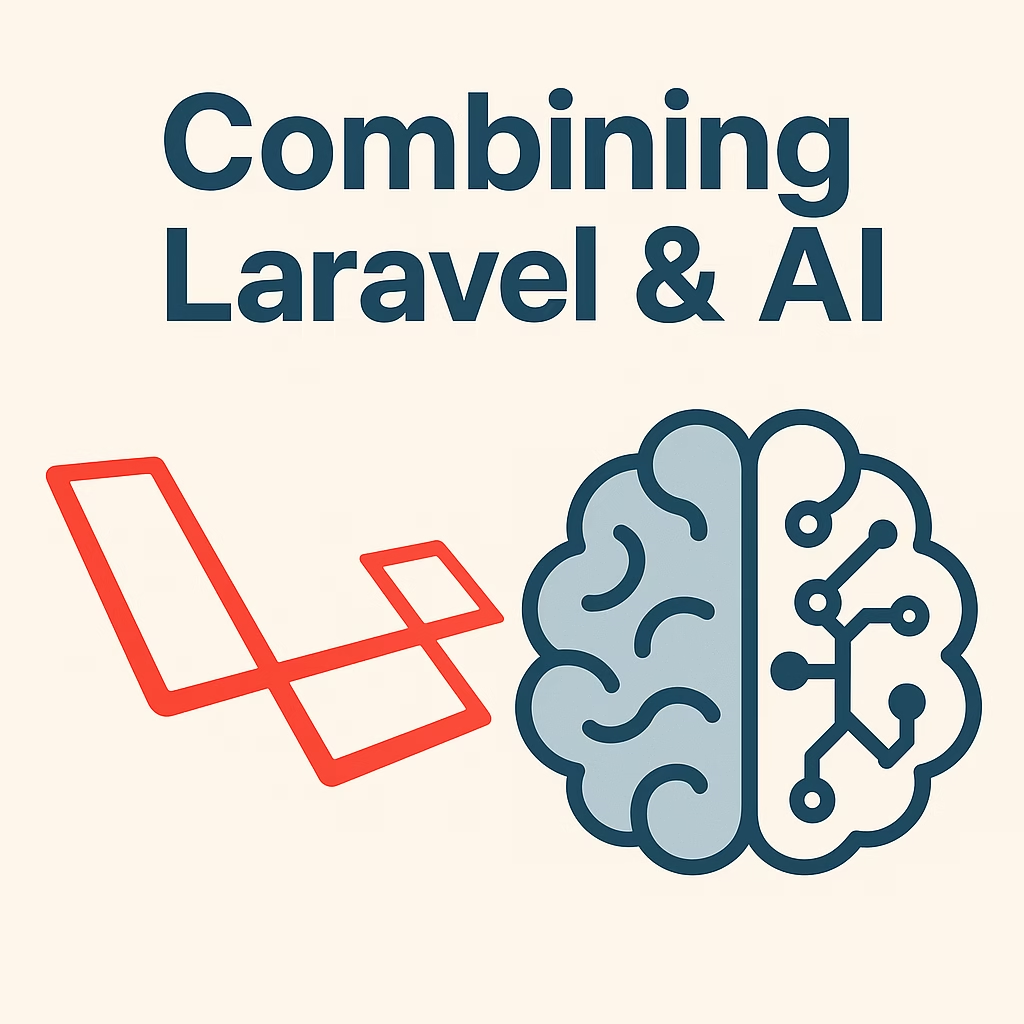
Laravel + AI: Building an AI-Powered Feature with Laravel
Artificial Intelligence isn’t just a buzzword anymore – it’s everywhere. From chatbots answering your customer questions at midnight, to tools that summarize emails so you don’t have to, AI is quietly (and not so quietly) reshaping the way we build software. And if you’re a Laravel developer, here’s the good news: you don’t have to…
-
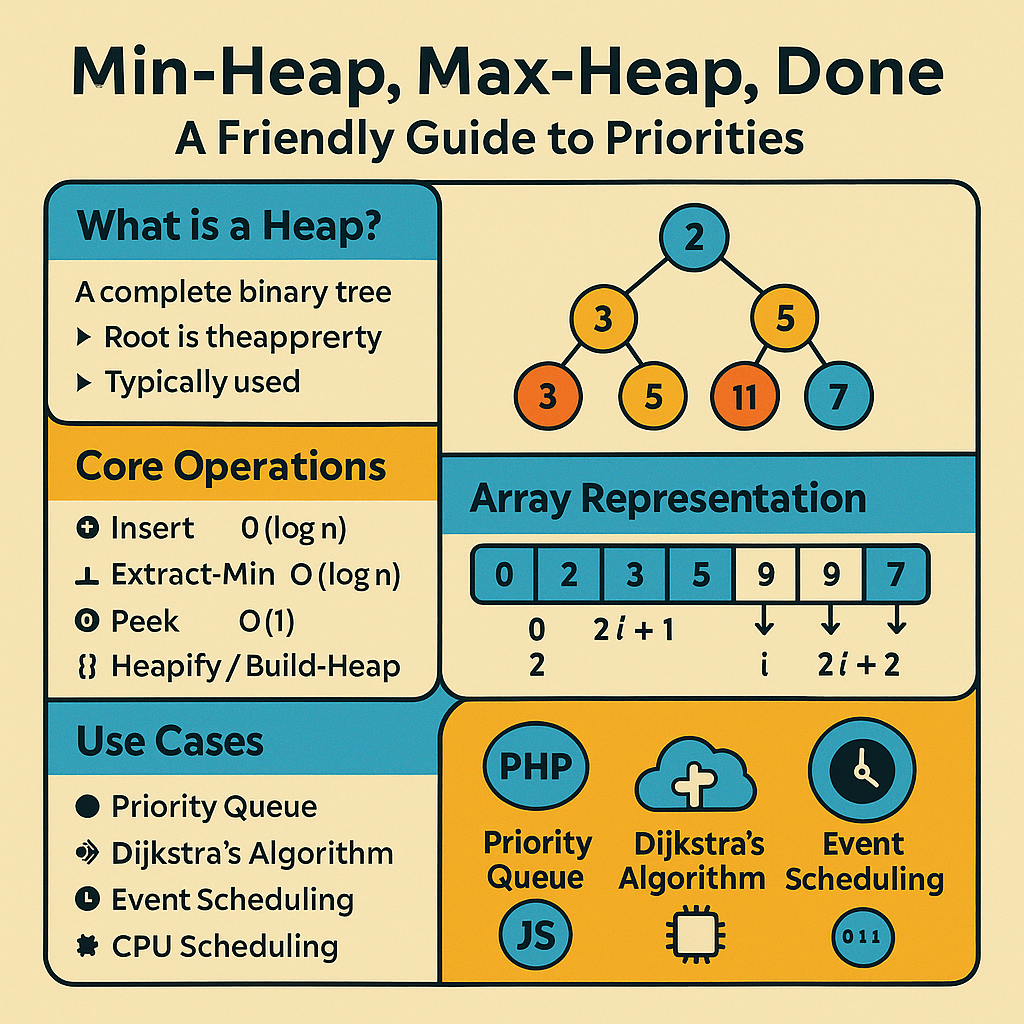
Min-Heap, Max-Heap, Done: A Friendly Guide to Priorities
Data structures play a vital role in computer science, providing efficient storage, retrieval, and manipulation of data. Among the myriad data structures available, heaps stand out as versatile and powerful options. Heaps are tree-based data structures that prioritize the order of elements based on a defined property. They offer efficient operations for insertion, deletion, and…
-
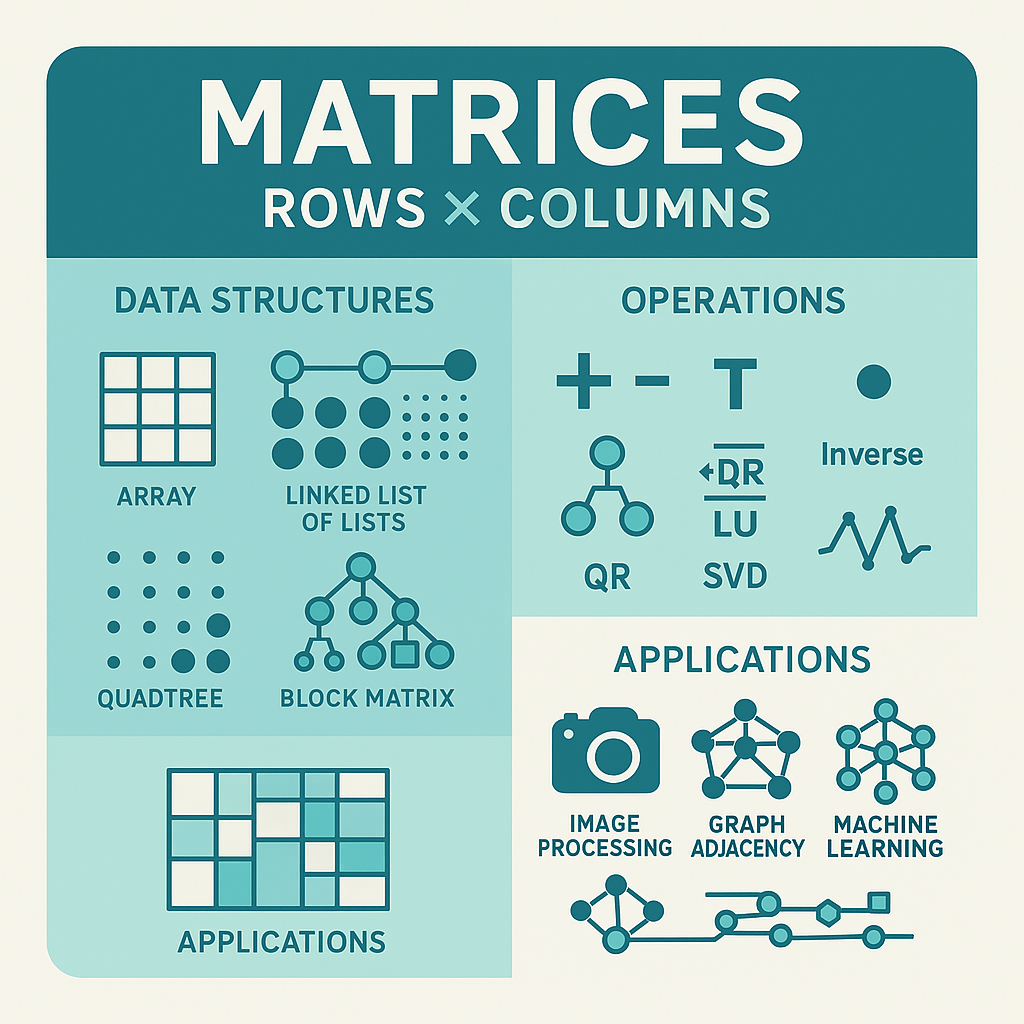
Rows × Columns: A Friendly Guide to Matrix Data
Matrices are fundamental data structures used to represent and manipulate multidimensional data in various fields of computer science, mathematics, and engineering. They provide an organized way to store and perform operations on data arranged in rows and columns. In this extensive article, we delve into the world of matrices, exploring different matrix data structures, their…
-

Think FIFO: A Friendly Guide to Queues
When it comes to programming, data structures are like the unsung heroes working behind the scenes. They’re the reason we can organize, manage, and process data efficiently. Among all the data structures out there, queues stand out because of how natural and practical they feel. Think about waiting in line at a coffee shop. The…
-

Push, Pop, Repeat: Stacks Explained
Data structures play a vital role in computer science, enabling efficient storage, retrieval, and manipulation of data. Among the myriad data structures available, stacks stand out as a powerful and versatile option. Stacks follow the Last-In-First-Out (LIFO) principle, making them ideal for managing function calls, handling recursive algorithms, and implementing undo-redo functionality. In this extensive…
-
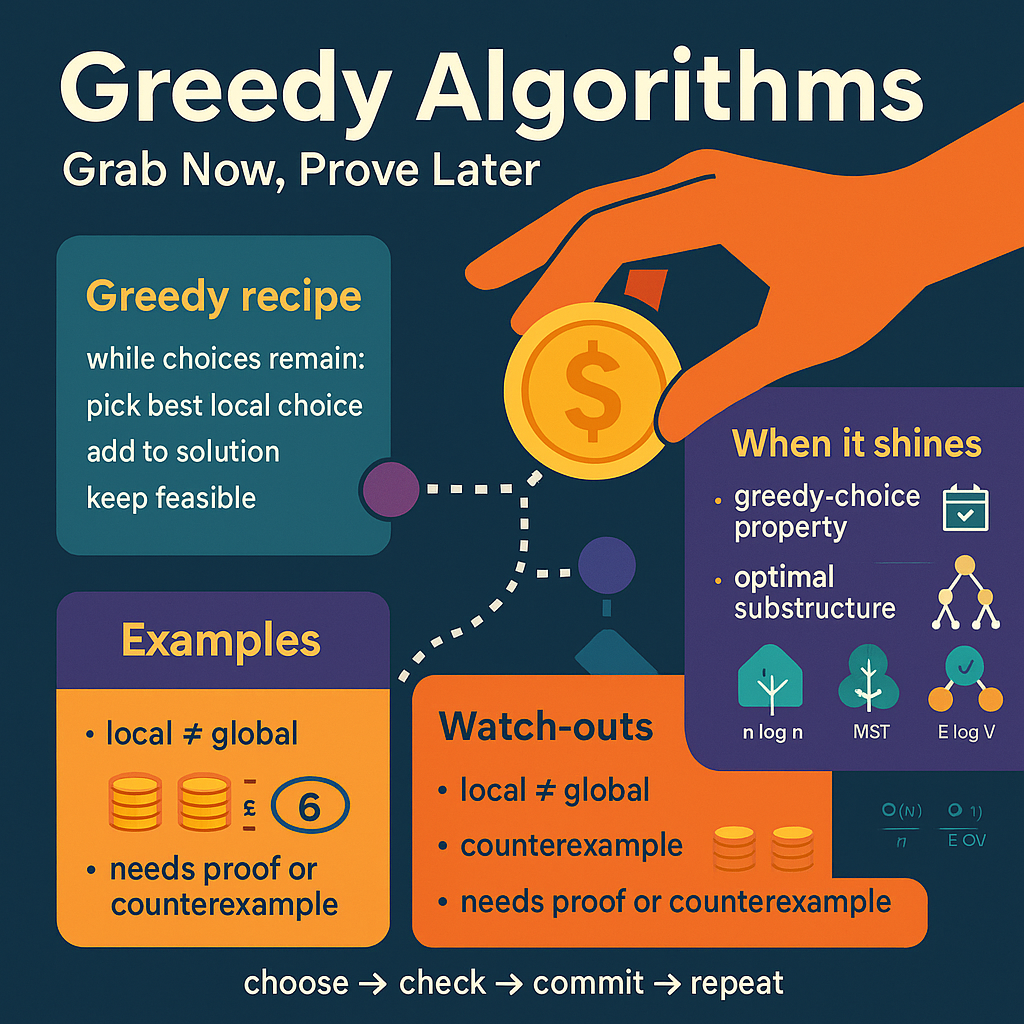
Grab Now, Prove Later: A Friendly Guide to Greedy Algorithms
Greedy algorithms are powerful problem-solving techniques that make locally optimal choices at each step with the aim of finding a global optimum. In this extensive article, we delve into the world of greedy algorithms, exploring their characteristics, applications, advantages, and limitations. We also examine strategies for designing efficient greedy algorithms, understanding the greedy-choice property, and…
-
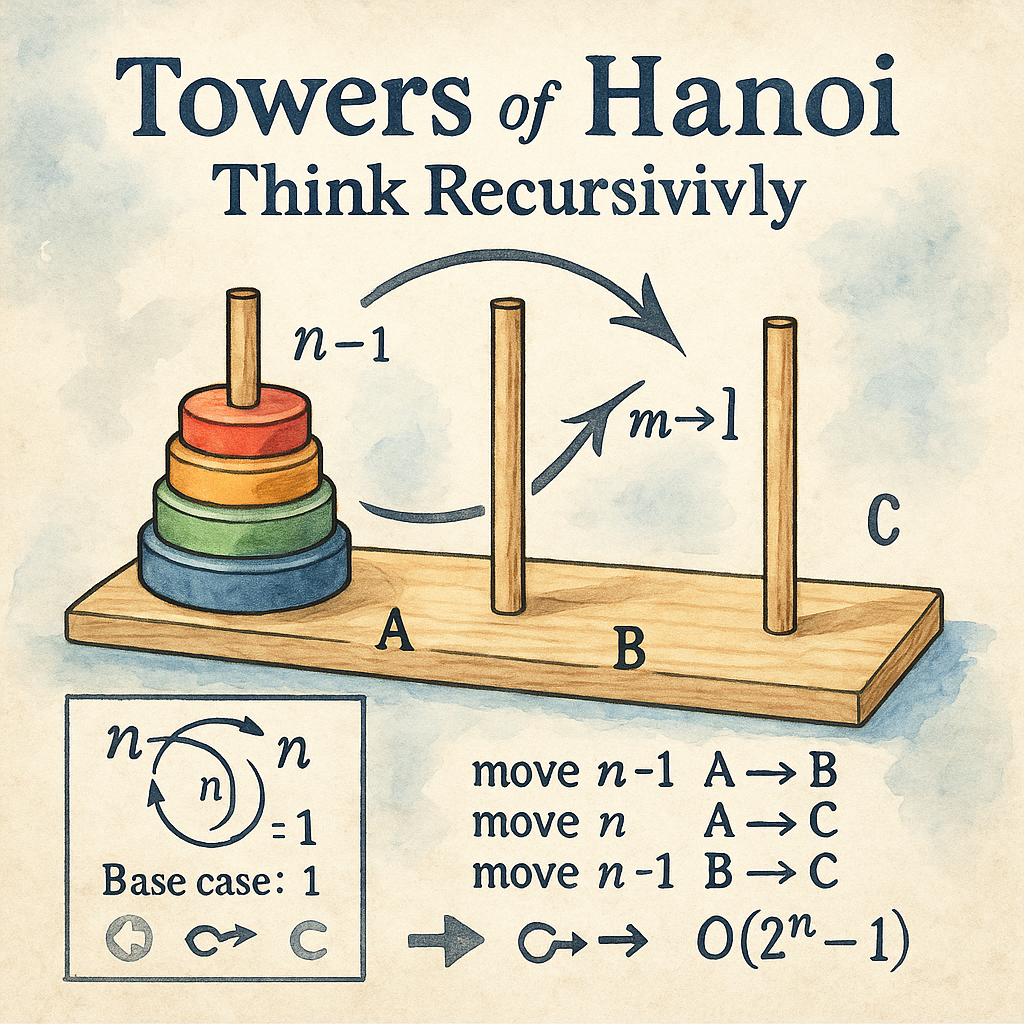
Think Recursively: Solving Towers of Hanoi the Easy Way
The Towers of Hanoi is a classic mathematical puzzle that has captivated minds for centuries. In this article, we will explore the intriguing history, rules, and strategies behind this timeless puzzle. We will dive into the recursive algorithm used to solve it, understand its complexity, and explore variations that add a new twist to the…
-
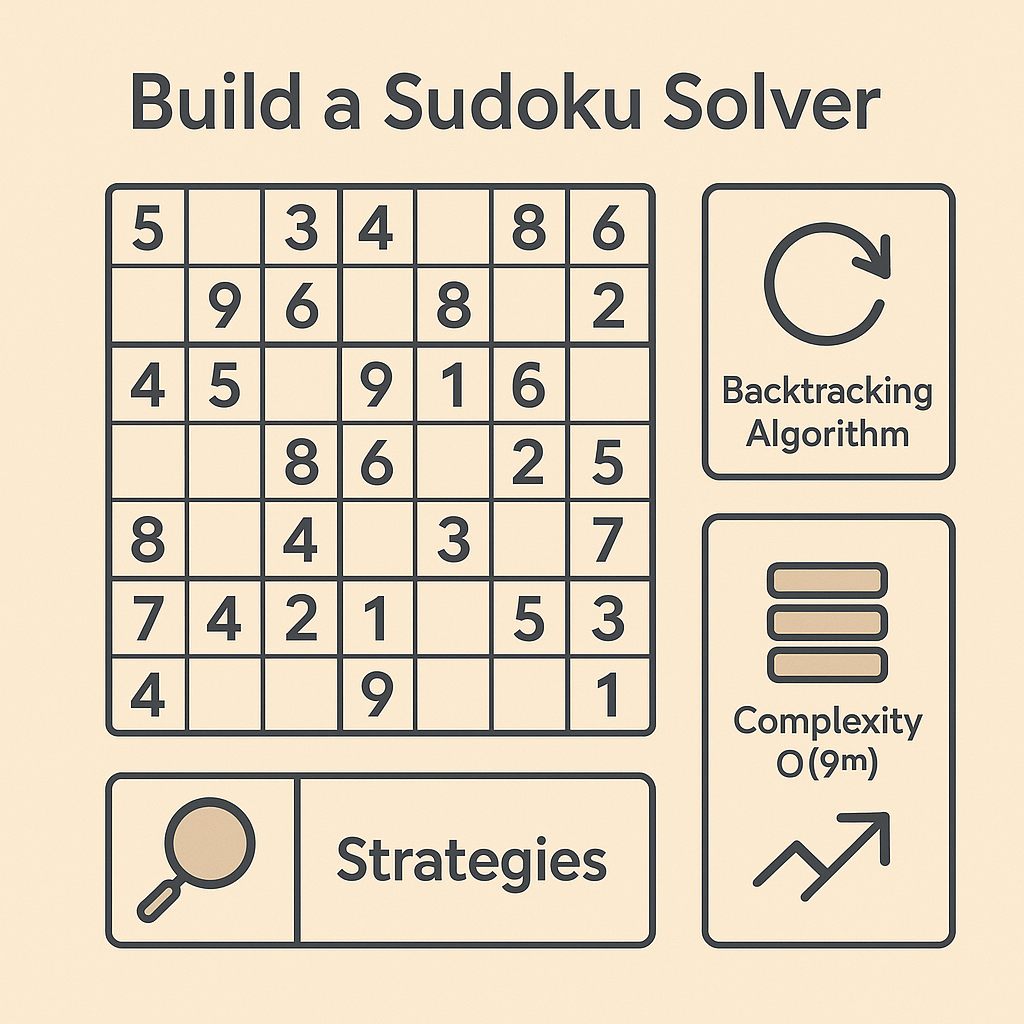
From Guessing to Knowing: Build a Sudoku Solver
Sudoku is a popular number puzzle that challenges players to fill a 9×9 grid with digits from 1 to 9. The objective is to ensure that each row, column, and 3×3 subgrid contains all the numbers from 1 to 9 without repetition. Solving Sudoku puzzles can be both challenging and rewarding, requiring logical deduction and…
-
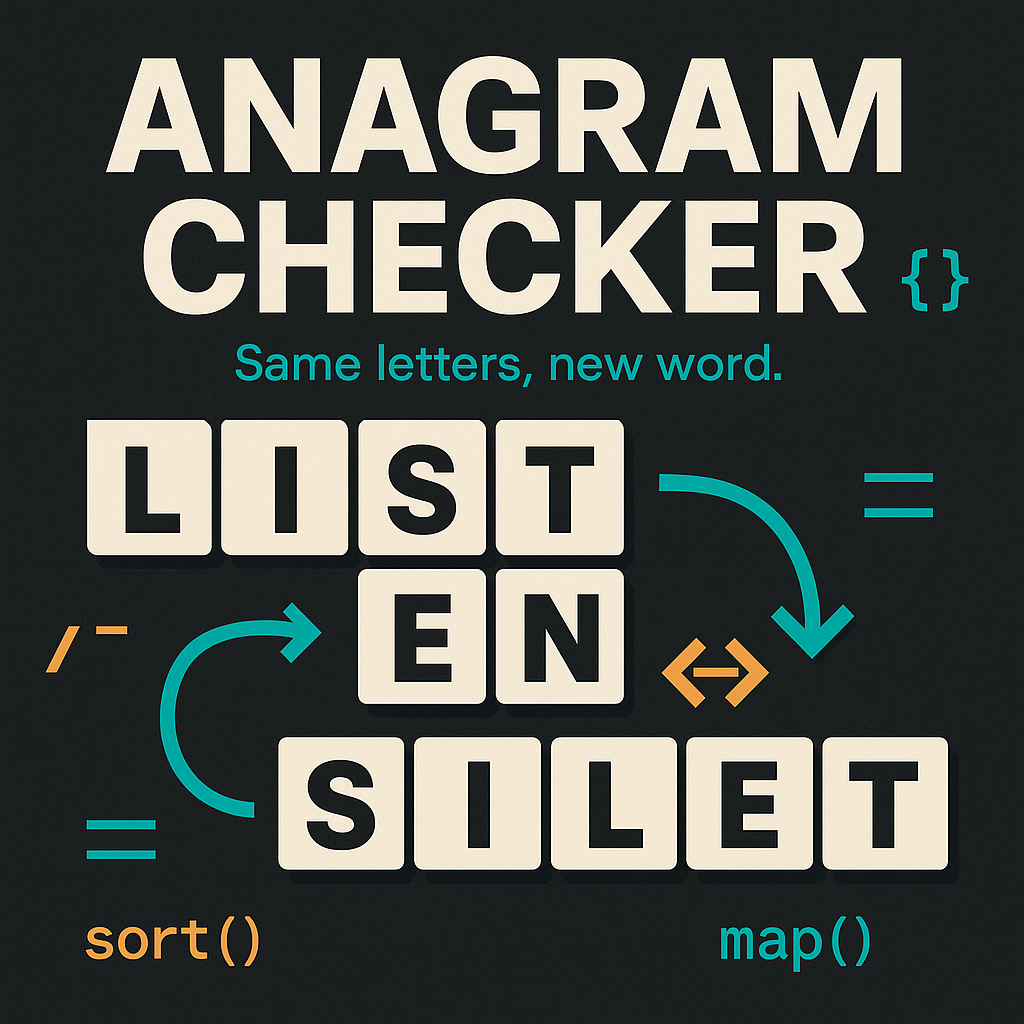
Same Letters, New Word: Building a Solid Anagram Checker
Anagrams are fascinating word puzzles that captivate our minds with their ability to rearrange letters and form new words. In the world of computer science and programming, anagram-related challenges have gained popularity due to their relevance in various applications. In this article, we will explore the concept of anagrams, understand their significance, and dive into…
-
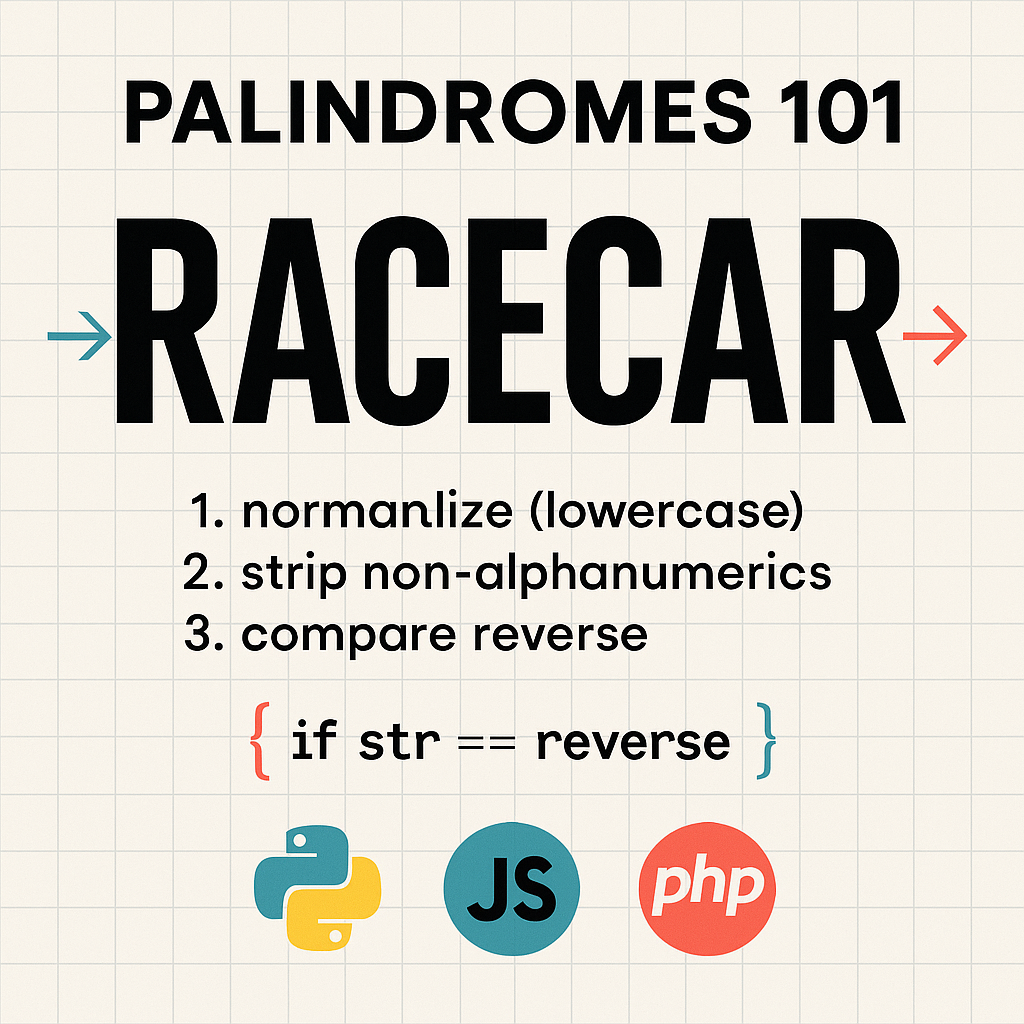
Palindromes 101: Write a Checker You Can Trust
Palindromes are captivating word formations that read the same backward as they do forward. These linguistic gems have fascinated individuals across cultures and generations. In the realm of computer science and programming, palindrome-related challenges have gained popularity due to their intriguing nature and various practical applications. In this article, we will explore the concept of…